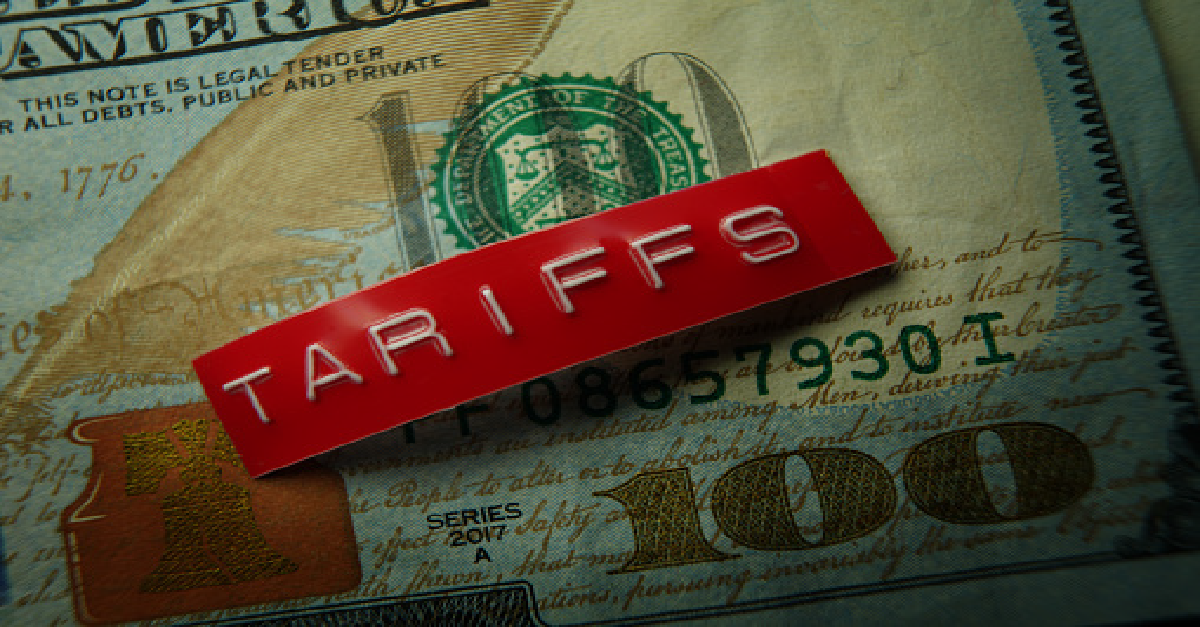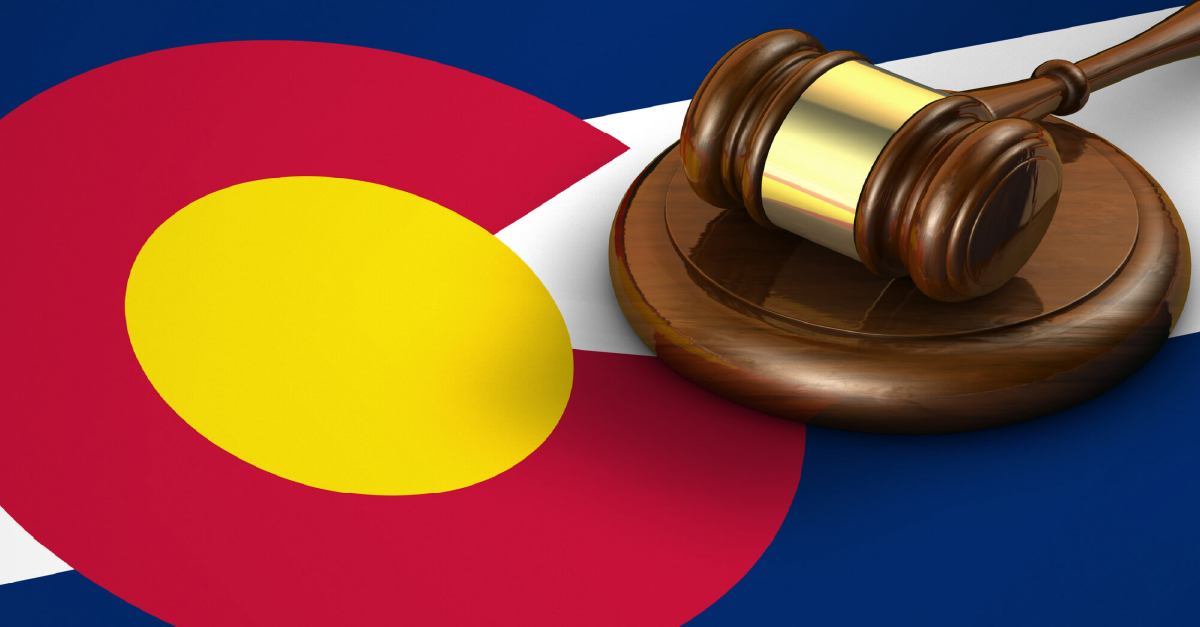 Here is a three-dimensional twist on the famous Buffon’s Needle Problem. Suppose all of space is filled with a tetrahedral-octahedral tessellation (or honeycomb). This is a space-filling structure composed of alternating regular tetrahedrons and regular octahedrons, where all edge lengths are equal to a constant L. Every face of a tetrahedron is congruent to the adjoining face of an octahedron, and vice versa, but there is no overlap of volume. Suppose a sphere with radius R materializes at a random point in space. There is a 50 percent probability that the sphere lies entirely within a single polyhedral cell and does not intersect any of the faces of the polyhedrons. What is R/L ? Can you determine the probability that the sphere will materialize entirely within a polyhedron for all values of R/L?
Here is a three-dimensional twist on the famous Buffon’s Needle Problem. Suppose all of space is filled with a tetrahedral-octahedral tessellation (or honeycomb). This is a space-filling structure composed of alternating regular tetrahedrons and regular octahedrons, where all edge lengths are equal to a constant L. Every face of a tetrahedron is congruent to the adjoining face of an octahedron, and vice versa, but there is no overlap of volume. Suppose a sphere with radius R materializes at a random point in space. There is a 50 percent probability that the sphere lies entirely within a single polyhedral cell and does not intersect any of the faces of the polyhedrons. What is R/L ? Can you determine the probability that the sphere will materialize entirely within a polyhedron for all values of R/L?
Know the answer? Send your solution to ar@casact.org.
Aerial Dogfight Rematch
 An extra credit follow-up was suggested by David Uhland for the puzzle pitting the Red Baron against Snoopy in a turning dogfight after a near-miss flyby. In the original puzzle, whoever had the tighter radius of turn won, making Snoopy the winner both times. For extra credit, the Red Baron and Snoopy both turn hard right after the near miss — instead of hard right and hard left, respectively, as was the case in the original puzzle. The winner in this case will be the airplane with the highest rate of angular turn, or v/r, where v is speed and r is turning radius. Since r = v2/a, where a is turning acceleration, the angular rate of turn is a/v. In the first case, where the Red Baron has twice the speed and three times the turning acceleration, his angular turning rate is 1.5 times that of Snoopy’s, and he wins. In the second case, where the Red Baron 0.9 times the speed and 0.75 times the turning acceleration, his turning rate is 5/6 that of Snoopy’s, and therefore Snoopy wins. To show why angular turning rate determines the winner in this case, John Robertson constructed the following geometrical figure and explanation.
An extra credit follow-up was suggested by David Uhland for the puzzle pitting the Red Baron against Snoopy in a turning dogfight after a near-miss flyby. In the original puzzle, whoever had the tighter radius of turn won, making Snoopy the winner both times. For extra credit, the Red Baron and Snoopy both turn hard right after the near miss — instead of hard right and hard left, respectively, as was the case in the original puzzle. The winner in this case will be the airplane with the highest rate of angular turn, or v/r, where v is speed and r is turning radius. Since r = v2/a, where a is turning acceleration, the angular rate of turn is a/v. In the first case, where the Red Baron has twice the speed and three times the turning acceleration, his angular turning rate is 1.5 times that of Snoopy’s, and he wins. In the second case, where the Red Baron 0.9 times the speed and 0.75 times the turning acceleration, his turning rate is 5/6 that of Snoopy’s, and therefore Snoopy wins. To show why angular turning rate determines the winner in this case, John Robertson constructed the following geometrical figure and explanation.
The diagram shows that the plane that gets around its circle first wins. The idea is that if a plane has gone a certain proportion of the way around a circle, then its laser attacks a point that is a smaller proportion of the way around the other circle, whether that circle is larger or smaller. In the diagram, angle BOF is the congruent to angles EOD2 and EOD3. By standard theorems about chords of circles and angles, the angles OC1D1, OC2D2, and OC3D3 are congruent, each being twice the size of angle BOF. This implies that lines C1D1, C2D2, and C3D3 are parallel. The red line is the laser from the plane. Since the red line is tangent to the circle in which the plane flies, it is “outside” the line AB. Therefore the plane that gets around its circle faster hits the other first, since it has to have swept the other plane with its laser at some point, but the other plane’s laser could not yet have hit it, as the other plane always hits a smaller arc around the winning plane’s circle than the arc corresponding to the position of the winning plane. Solutions were submitted by Raymond Chiang and Tom Manderachi.













